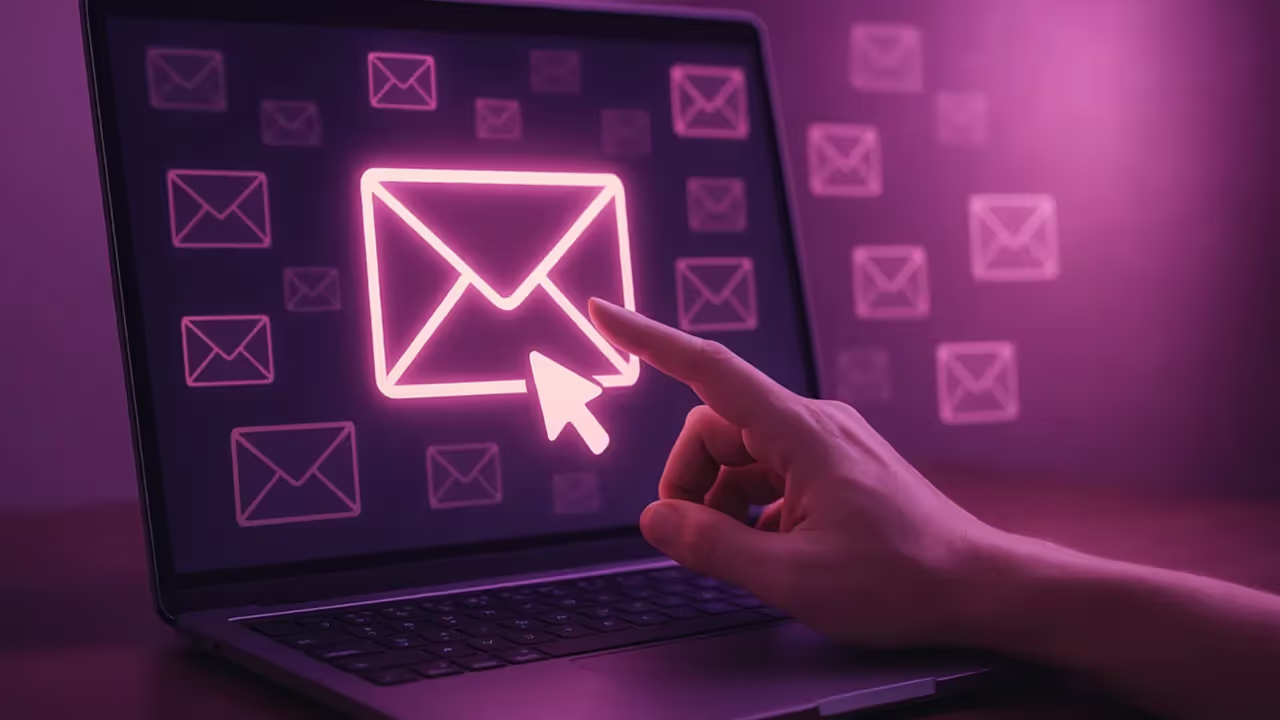Mastering Email Deliverability in 2024
Over the past two decades, we have seen a vast shift in the rules of deliverability in the world of email. The inbox is now fiercely guarded by email providers' algorithms, in a bid to draw a line under the days when consumers were inundated with emails from brands they may not have even signed up for.
This had largely positive effects on brands, instilling confidence in consumers that they were now receiving emails from brands they were genuinely interested in and more importantly, had given permission to receive. However, it came at a cost. Brands must navigate the expectations of email providers to avoid ending up in their subscribers' spam folders.
The best way to make sure all your emails are reaching the inbox is to understand the key developments that have played a pivotal part in shaping today's deliverability requirements.
Early User Empowerment
In the initial phase of email marketing, the landscape resembled the Wild West. This was a time that lacked any kind of established rules. And of course, this allowed for unchecked bad practices aka spammers going to town. Consumers were left vulnerable to ill-intentioned senders who could contact them without consent. It was lawless.
However, the introduction of the "report spam" button marked a turning point toward consumer empowerment. This button enabled recipients to flag unwanted emails, leading to offending senders being routed to the junk folder. Yet, this wasn't a foolproof solution...
Engagement Signals
To counteract unwanted emails, email providers introduced algorithms featuring filtering mechanisms that incorporated positive engagement signals like opens, clicks and folders. This shift prioritised consumer-focused email interactions. Subscribers were now required not only to tolerate marketing emails but also to engage with them periodically.
This change eliminated the possibility of using inactive addresses to boost ailing lists, forcing marketers to emphasise list quality over quantity to avoid deliverability penalties. However, senders with negative reputations could still initiate a fresh start by warming up a new IP address to regain a clean reputation.
Domain Reputation
Email providers expanded the scope of sender reputation beyond just sending IP addresses, to encompass domains as well. This was a massive development and meant that brands could no longer evade their tarnished reputation. They were now compelled to rectify their poor practices in order to ensure their emails reached the inbox.
This also marked a new era where even well-intentioned brands needed to actively oversee their inbox placement, preemptively identifying any emerging deliverability concerns to prevent them from escalating into substantial problems.
Privacy Challenges
The most recent challenges that email marketers face are the privacy measures like Apple's Mail Privacy Protection. While user engagement still plays an important role in deliverability, the concealment of genuine opens makes it challenging to discern between actively engaged and disengaged subscribers. This leaves marketers with the challenge of deciphering which addresses are active and safe to message, without risking tarnishing their sender reputation.
However, there are ways marketers can continue to effectively manage their deliverability in 2024.
1. Multiple Paths for Qualification
Subscribers' qualification for safe mailing now follows two distinct routes—one tailored for MPP users and another for non-MPP users. For the latter group, the tried-and-tested method of tracking opens and clicks over the past months remains the optimal approach. Conversely, MPP users require innovative strategies to compensate for the absence of open signals. There are three ways to do this:
Firstly, marketers must place greater focus on email clicks, as they hold twice the potency of an open in establishing subscriber safety. If a subscriber has clicked on one of your past emails, they qualify as safe to send too.
Secondly, monitoring omnichannel behaviours is key for subscriber qualification. Purchase activities are a strong indication of qualification. Furthermore, engagement across your website, app, SMS, and loyalty programs can serve as qualifiers.
Lastly, a strategic re-engagement program can be employed for inactive MPP users. If auto-generated opens persist from an otherwise inactive subscriber, it signifies that your emails still land in their inbox, rather than their spam folder (at least for now). While inactivity presents a risk, the continued inbox presence offers an opportunity.
Through selectively sending campaigns expected to be most engaging and successful, you enhance the likelihood of eliciting a click while mitigating the impact of these subscribers on your overall engagement rate. As an example, a retailer might dispatch a sale announcement email but exclude reminders or "sale ends today" campaigns. Over time, this will enable you to determine which inactive MPP users can be retained in your list, without compromising delivery.
2. Encourage Clicks
With email clicks now being the lead user engagement measure, marketers cannot rely on promotional CTAs. Instead, they must explore other options to generate clicks post sign-up:
- Strengthen onboarding with welcome email series
- Incorporate non-promotional CTAs (Preference polls, Video content, Resource downloads)
- Add CTAs to the above-the-fold content in your designs
- Gamification of clicks e.g. rewarding subscribers for long-term engagement
3. Utilise Double Opt-In (DOI)
Many marketers have hesitated to adopt DOI, concerned about potential list growth hindrances, however, its use has grown significantly. Obtaining an initial click at the outset of an email relationship now holds unprecedented value. A click establishes the foundation for sending campaigns to a subscriber, knowing they are genuinely interested in receiving your content.
Marketers must reassess their approach to DOI, to consider implementation across all subscriber acquisition channels. This is particularly relevant for sources that carry higher risk, such as co-branded competitions. In turn, cultivating a more engaged and responsive subscriber base.
4. Re-permissioning Strategy
Likewise, there's added significance in securing clicks through re-permission campaigns. These campaigns target consistently inactive subscribers, aiming to reaffirm their consent through a click. Given the obscured open rates for a substantial portion of your subscribers, you may discover an increased count of seemingly chronically inactive users who, in reality, sporadically engage.
Consequently, re-permission campaigns are projected to experience a surge in click rates in the future, although these rates may remain modest. It's imperative, however, not to assess the effectiveness of re-permission campaigns solely based on their re-permission rate. Instead, gauge the comprehensive value derived from the average subscriber post-re-permission. This encompasses all the value that would have been lost if the initiative to set up re-permission campaigns had not been undertaken.
In Summary...
To master deliverability in 2024, marketers must adopt thoughtful subscriber management and customer-centric engagement practices. While the challenges are substantial, embracing these shifts is essential to navigate the evolving landscape of email deliverability successfully. Check out our service, where we where we explain how best to implement automation to achieve better results!




.svg)





.avif)








